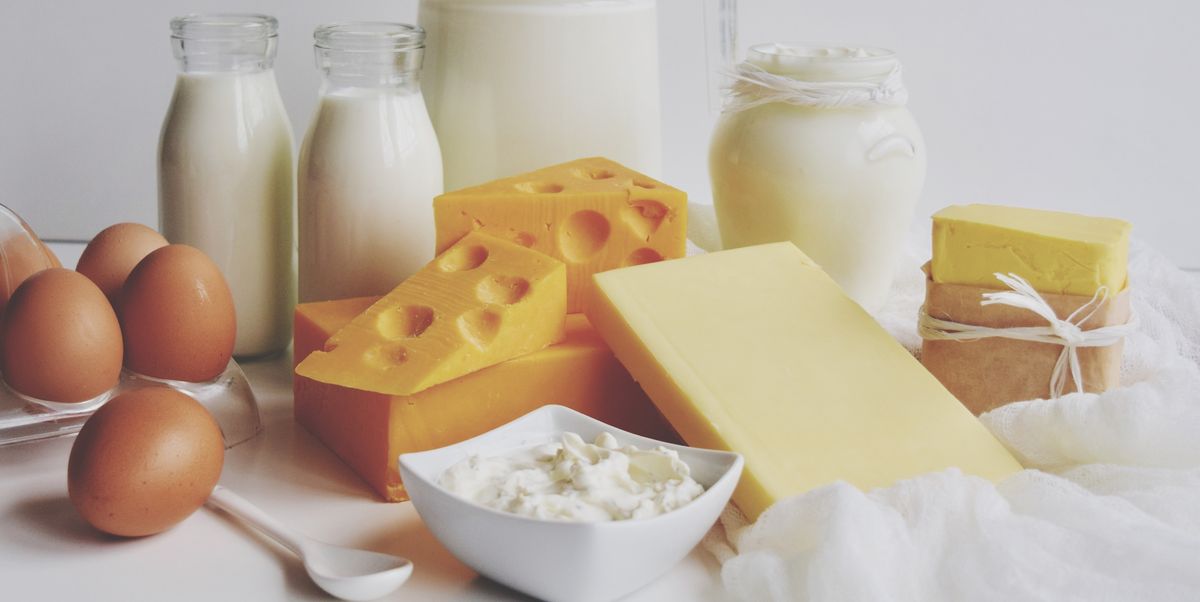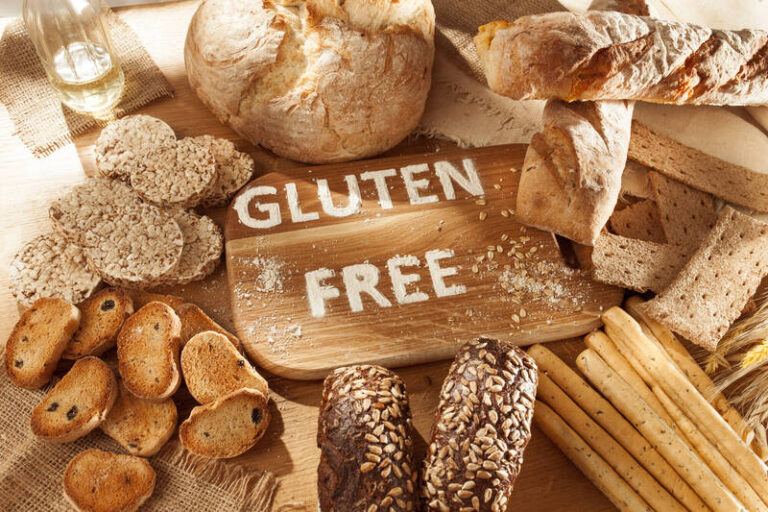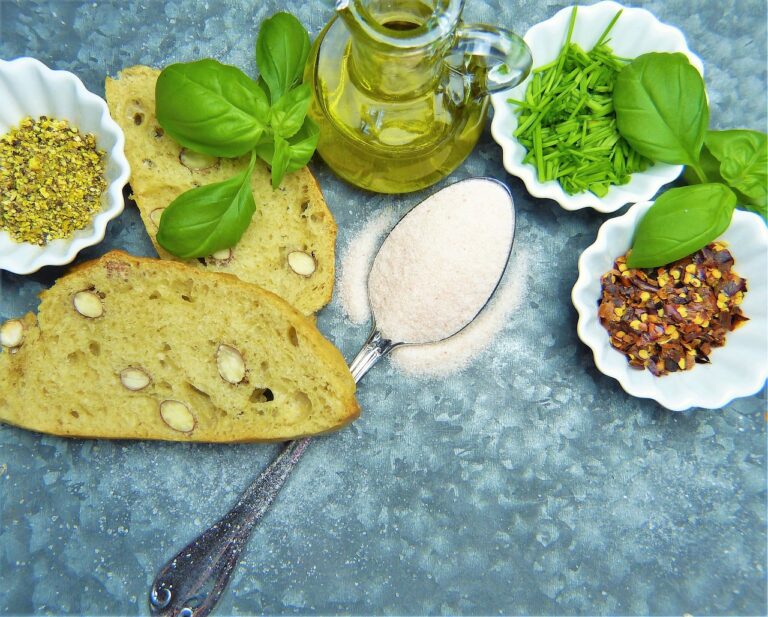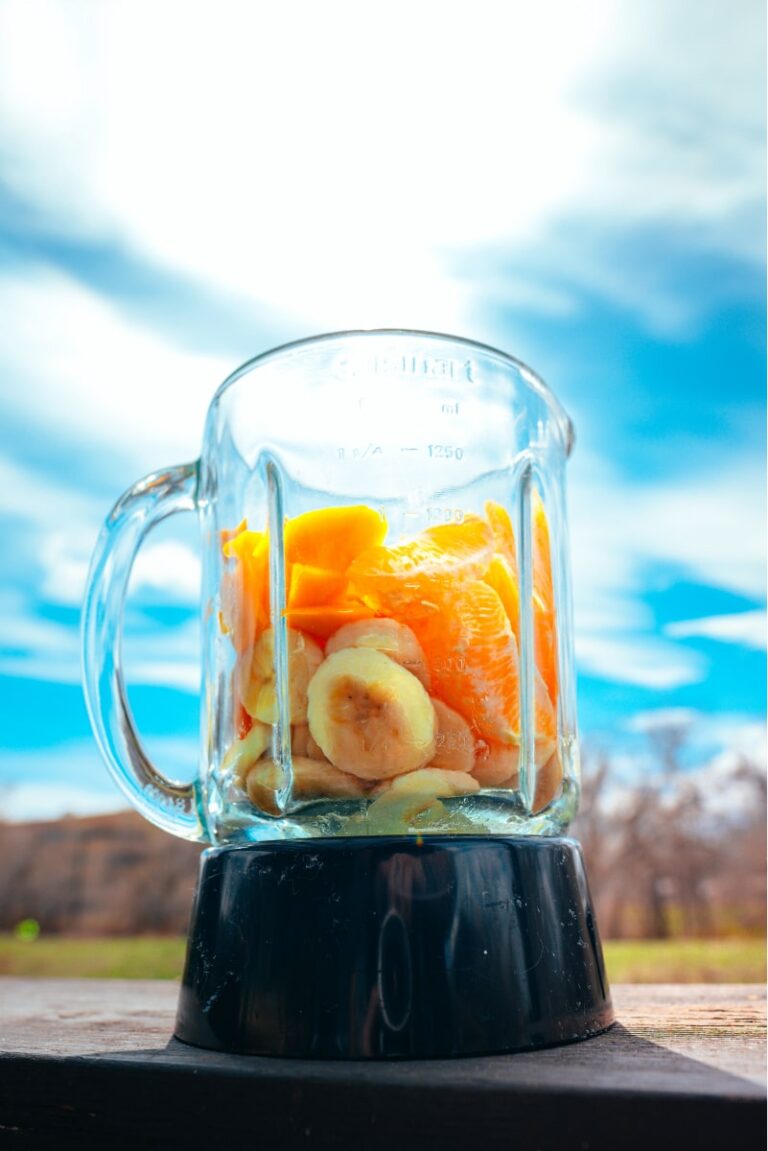Your basket is currently empty!
Dairy products are generally considered gluten-free foods. However, certain types of cheese may contain gluten.
Most Cheddar cheese is made from cow, sheep, goat, or buffalo milk. Most economical cheeses are made from pasteurized cow's milk, a high-temperature process that kills microbes. Other cheeses are made from raw milk, containing beneficial microbes but also posing a higher risk of foodborne illnesses. According to the Food and Drug Administration (FDA), the risk of foodborne illnesses, also known as food contamination, is particularly notable in children, individuals with compromised immune systems, the elderly, and pregnant women.
Any processed Cheddar cheese, such as shredded Cheddar cheese or Cheddar cheese sauce, is likely to contain gluten. Cross-contamination is also a concern when using similar equipment or hardware to process gluten-containing foods.
Some individuals choose to steer clear of gluten to avoid harm to their small intestines. People with non-celiac gluten sensitivity may also stay away from gluten due to gastrointestinal discomfort or other side effects. Low-fat, fat-free, and fortified varieties sometimes contain additional ingredients, so careful reading is still crucial. In general, opting for regular cheese over heavily processed cheese is better. According to credible sources from the U.S. Department of Agriculture's National Nutrient Database, 1 ounce of Cheddar cheese provides 115 calories, less than 1 gram of carbohydrates, around 6 grams of protein, and 9 grams of fat. A similar serving of Cheddar cheese contains 201 mg of calcium, equivalent to 20% of the Daily Value (DV) for calcium. This classifies Cheddar cheese as a high-calcium food, so don't miss out!







